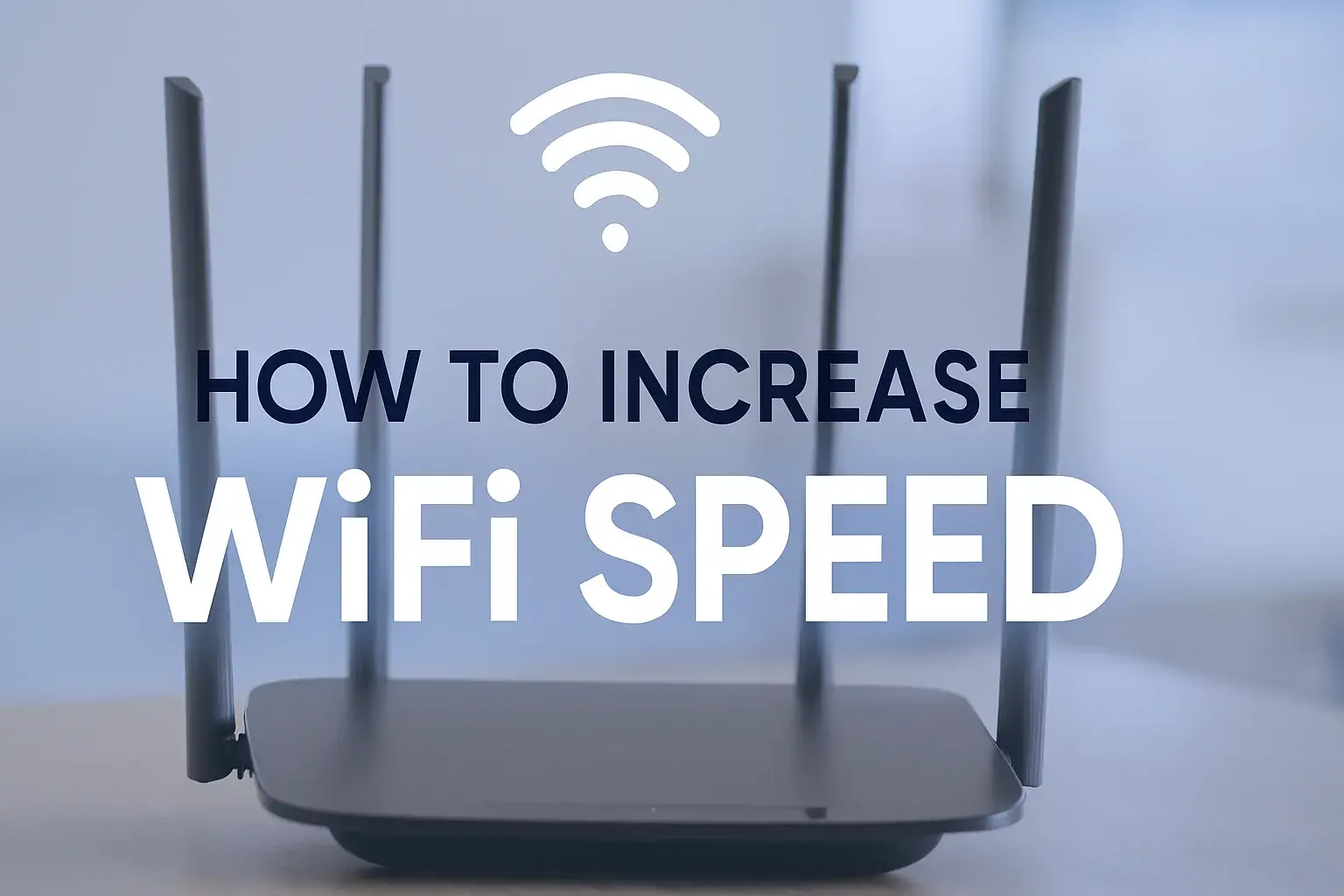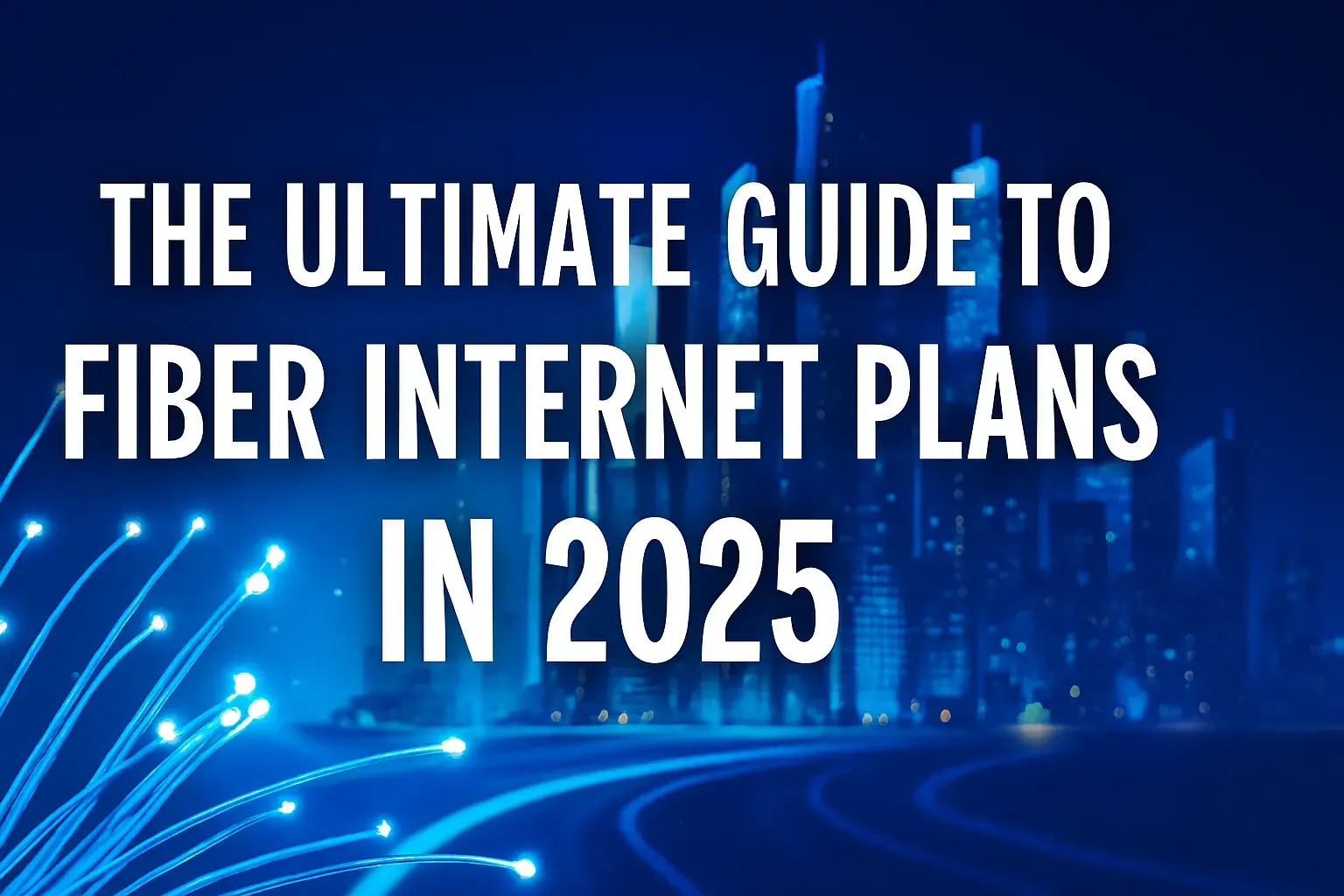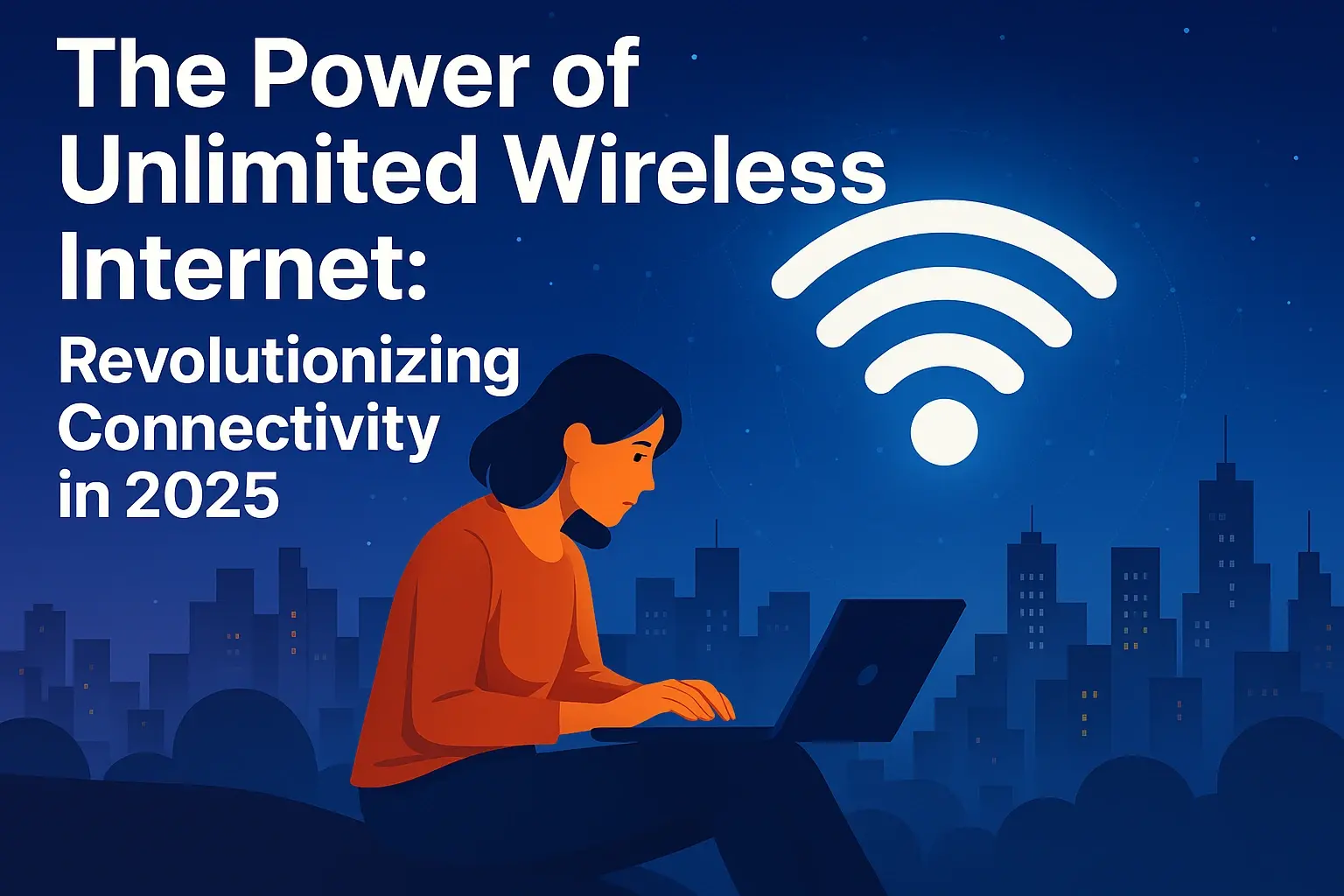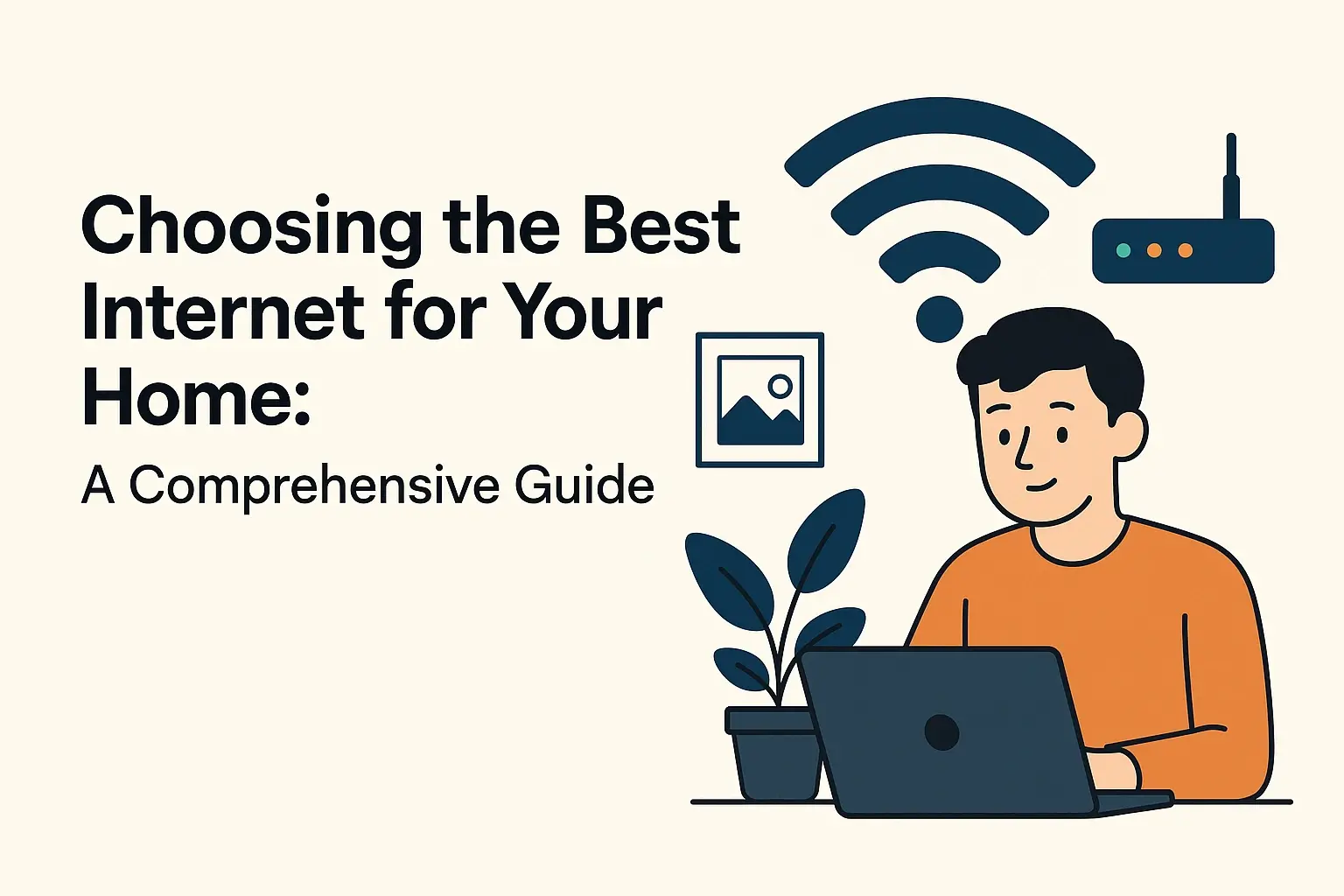Which is better, WiFi or fibre?

Since most houses nowadays are loaded with gadgets, having a fast and consistent connection has become important for every person. It becomes a bit challenging to choose which of the many choices— WiFi, 4G, Fibre broadbands, etc.—is best for you, however. Here, the two services are evaluated in an attempt to help the reader or customer choose which of the two would be most suitable for a home internet connection.
What is WiFi?
WiFi or Wireless Fidelity transmits internet service connection to devices like smartphones, laptops, smart TVs, and other devices through radio waves rather than through cords. The coverage of a normal wireless router is about 100-150 feet as it is the usual range of a normal home. Current popular WiFi standards include 802.11ac and 802.11n types that can currently offer bandwidth of up to 1Gbps over a short distance.
WiFi, on the other hand, is a process of linking an internet source, such as a fiber optic (coaxial cable or DSL broadband, to a WiFi router. The router then broadcasts the internet wirelessly, making a specific area or a region a hot zone for devices that have the feature enabled within a given range. The quality and speed of the connection depend on distance, barriers such as walls surrounding or in between the two devices, the standard of WiFi, and the congestion of the network.
Advantages of WiFi
- Accessibility – the internet can be accessed from any corner of a building or an institution that is within the range of the router. No wires are needed.
- Wireless- this does not need cables, in this case, it only needs to be connected to an optical network terminal.
- Best for transportable appliances and places where electric cords cannot be run.
- The current solutions tend to be cheaper than their cabled counterparts in most cases for ‘just enough’ requirements.
What is Fibre Internet?
Fibre broadband or Fibre-To-The-Home (FTTH) is a broadband internet connectivity solution that uses fiber optic cables as cables to homes and buildings instead of phone or cable lines. Compared to copper cables, fiber can relay information at a rate higher than 1Gbps for a long distance and with little signal attenuation as it relies on light instead of electricity.
FTTH connection, also known as fiber-to-the-premises or fiber-to-the-home, delivers fiber cables directly to the users’ premises, typically to the ONT within the home or premises. The ONT is responsible for optically converting signals from the ISP network to electrical signals suitable for use in the building. These can be passed on through wireless routers or the help of ethernet cables.
Advantages of Fibre Internet
- Very fast internet speeds – even the basic fiber connections currently offer around 100 Mb/s while the Gigabit plans offer up to 1000 Mb/s.
- Fiber can provide dependable connectivity over long distances without any issues of latency or dropping of signal drop.
- Reduced response time where applications such as online gaming, video streaming, and other applications that require a fast response rate are concerned.
- There is no limitation on usage, unlike in 4G/LTE, where usage is limited by FUPs.
- That is why speeds are consistent regardless of the amount of traffic at the time of usage and general congestion.
Fibre Broadband vs WiFi – Which One Is More Suitable For Home Usage?
Nevertheless, as we’ve seen, fiber and wifi have their strengths and weaknesses, but in contemporary houses and apartments, fiber broadband has no match when it comes to the primary means of internet connection. Here’s why:
Speed - FTTH is many times faster than existing broadband and has the bandwidth required for new-generation uses like streaming 4K videos, online gaming, and using multiple internet-enabled devices. Neither can even the simplest mesh wifi systems, let alone the more complex enterprise-grade ones, match the speeds of a typical fiber connection.
Accessibility – Fibre optic connections also offer an advantage over wifi since it doesn’t have issues such as interference from walls, and appliances, among others, and offer peak speeds almost throughout without many disruptions.
Cabled connectivity –Devices such as Desktop PCs, Smart TVs, and game consoles among others are best controlled through cable connectivity rather than having them connect through WiFi since this leads to cases of lagging, buffering, and program drop-offs. Fibre andEthernett cabling give the most reliable connection within the house of all types of connectivity.
Range and congestion problems – This means a home’s wifi router has only a 30-50 feet range at most. We often experience the signals being blocked by walls and other structures around us. That means the greater the number of users connected, the more congestion or slower Internet speeds. What fiber plus Ethernet has done away with all this?
Pricing – Due to the increased demand for fiber internet in the market, the price is reasonable as compared to the past. For download speeds of 100 Mbps-200 Mbps, the price can be only slightly higher than the minimum unlimited 4G/LTE connections offer. This implies that investing in fibre connectivity is logical given the exponential speed advantages that come with it.
This does not make wifi obsolete – it has different uses, though these tend to be complementary to the cabled connections. For non-critical handheld devices such as phones and tablets, wifi is adequate as it provides basic internet connectivity on the go. It will also be able to beam a fiber internet connection where the cabling is a problem. Reliability over distances, consistency, as well as speed, however, make fiber broadband the go-to for homes rather than wifi. With many more appliances getting connected and smart homes and technologies like the 8K streaming right on the corner, future-proof fiber connectivity is the way to go.
All in all, fiber can be said to be the gold standard today and even shortly with strong support from its gigabit speed, unlimited data offering, long-range serviceability, and wired connection. Nevertheless, WiFi does its job for mobile connection, but cannot be compared to Ethernet in terms of performance. As fiber infrastructure grows and costs remain relatively low, it should be easy to decide to go with fiber broadband to meet today’s connection needs.
Upgrade to faster, more reliable AT&T Fiber Internet today! Call us at +1 844-905-5002 and get connected with speeds that keep you ahead.





